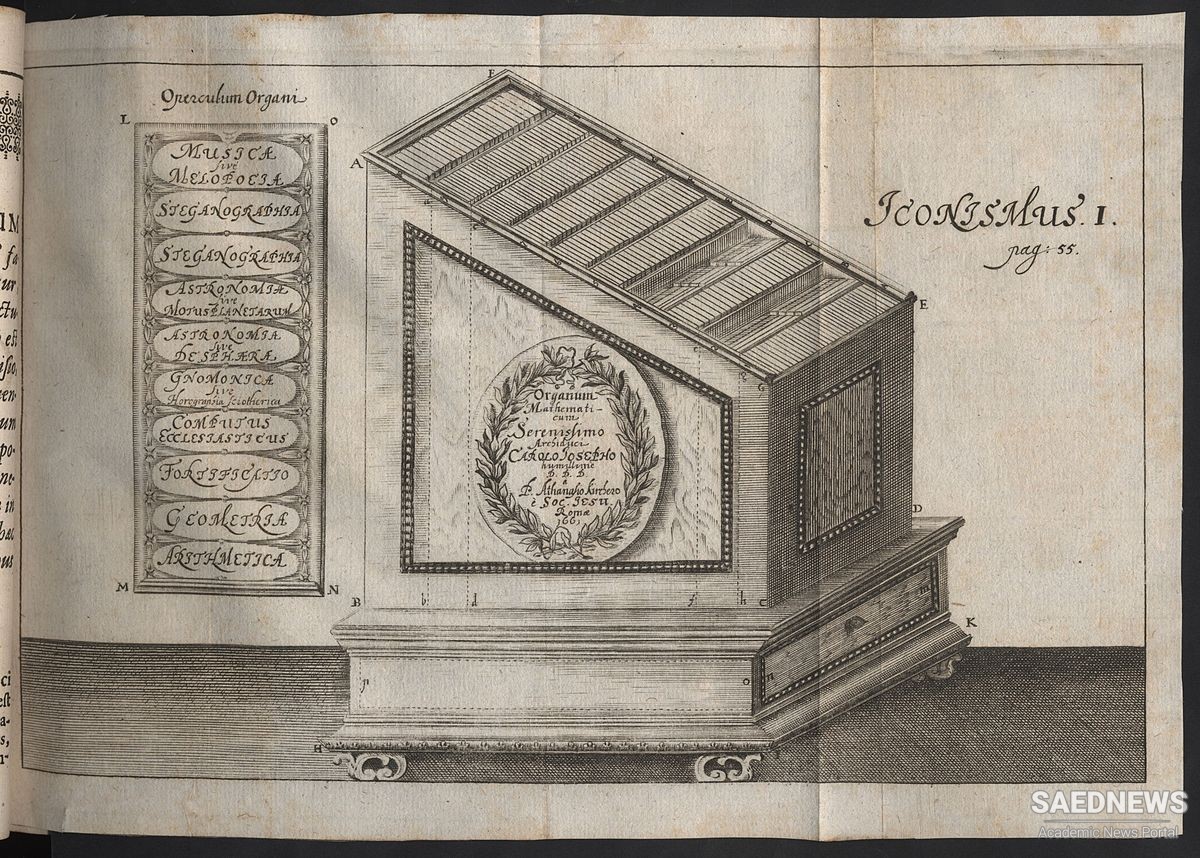In the Middle Ages another step was taken by adding to a given melody what was called an organum (from the instrument on which it was possible), which was a series of tones a fifth higher or a fourth lower. The resulting succession of parallels - atrocious to modern tastewas slightly interfered with by the limitations of the scales available and by other considerations, so that gradually other consonances were recognized and also the value of some contrary motion. These experiments were at first confined to but two voice's, the one with a Plain-Song melody to which the other added consonances in either similar or contrary motion; but occasionally one or two more voices were added to these, thus preparing the way for some apprehension of harmony proper. For the union of two voices the terms 'diaphony' or 'discant' (or 'descant') were used. It appears that experiments of this sort were freely made before 1200 and were not unknown before 1000. But much progress with discant was possible only through some recognition of accent and stress and of the groupings of tones that they generate. When not under the accent, occasional dissonances were permitted among the prevailing consonances, and even some chromatic alterations of the modes to avoid the suggestion of the tritone. For a time thirds and sixths were classed as dissonances, but they were soon permitted if duly supported by consonances. Gradually a number of rules of voice-leading became fixed, which have remained in force ever since. Combined with these were certain recognized time-schemes for phrases and sections that were thought to be typical. It is likely that the groping after principles of organization in time and accent had much to do with determining those of voice-part writing. Among these tentative efforts-certain special forms or methods of writing were favored, such as fitting a flowing melody to a reiterated burden or drone-bass, or arbitrarily uniting two melodies not originally meant to go together, or devising a second part by mere extemporization. The latter process may explain some of the seemingly lawless handling of added voices. The use of a burden gave obvious unity and a degree of , form.' The forced union of incongruous melodies may have suggested the' rondel ' or ' rota.' These latter terms sornetimes referred to a brief three-part song fitted to a poem of the rondeau type, sometimes to a threepart 'round' in which all the voices began together and proceeded by exchanging phrases, and in one famous instance to a true four-part canon which rests on a brief two-part canonic burden that is repeated over and over while the chief canon proceeds.


 Music in Early Muslim Society and Cultural Presence of Persia
Music in Early Muslim Society and Cultural Presence of Persia














































